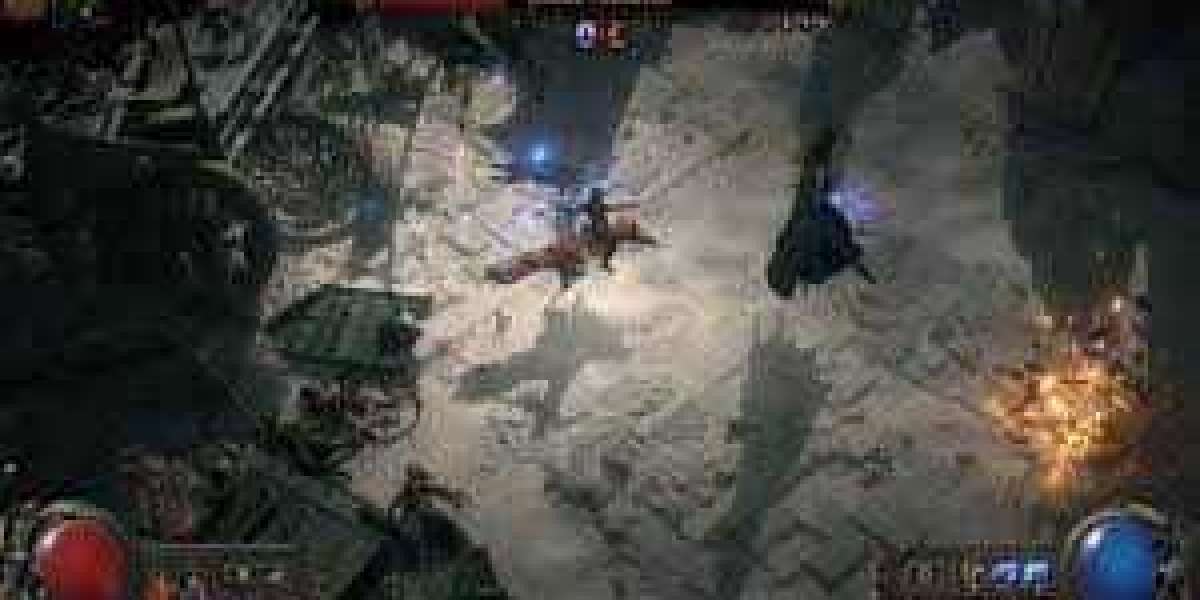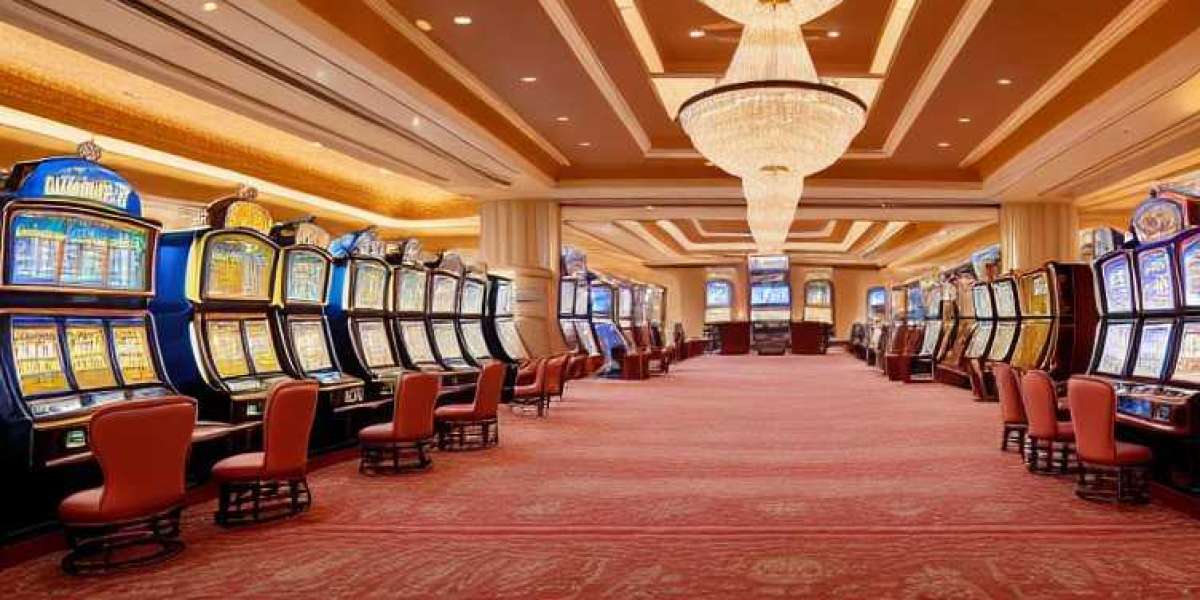The endgame in Path of Exile 2 represents a major evolution from the original game, reimagining what it means to push a character beyond the campaign. In the first Path of Exile, the Atlas of Worlds was the centerpiece—a sprawling network of maps connected through progression and boss fights. While that system was deep and rewarding, Path of Exile 2 expands on it with new mechanics, improved flow, and more flexibility for players to tailor their experience. The result is a more dynamic and personal endgame that emphasizes exploration, choice, and meaningful challenge rather than repetition.
At its core, Path of Exile 2’s endgame keeps the spirit of mapping but introduces a layered system of regions and world events. Each region offers distinct biomes, enemy types, and modifiers, creating a more narrative-driven experience even after the campaign ends. Instead of simply running randomized maps for loot and experience, players now feel like they’re traversing a living, evolving world. The game introduces special bosses and unique encounters tied to these regions, with rewards scaling based on the challenges faced. This system ensures that endgame progression feels cohesive, rather than just a series of disconnected maps.
One of the most impactful changes is how endgame customization has been enhanced. Players have greater control over the types of content they engage with, whether they prefer combat-heavy areas, crafting-focused farming, or unique boss hunts. Instead of being locked into a linear Atlas structure, players can now shape their endgame through modifiers and region upgrades. These choices not only determine the difficulty and reward level but also influence the overall progression path. This allows both casual players and hardcore grinders to find their rhythm—either by taking on smaller, consistent challenges or pushing into dangerous, high-stakes territories.
Another improvement comes from the redesigned loot and crafting systems in the endgame. Path of Exile 2 aims to reduce the chaos of item drops by introducing smarter loot filtering and more deterministic crafting paths. This gives players a sense of purpose and achievement rather than relying entirely on luck. The new crafting materials and systems are better integrated with endgame activities, meaning that challenging content directly supports character development instead of simply flooding players with random loot.
Boss encounters are another highlight. Endgame bosses are designed to test mechanical skill and build synergy rather than pure gear level. Many fights have multi-phase structures, environmental hazards, and dynamic attack patterns. This encourages players to experiment with new defensive setups, mobility skills, and timing-based strategies. Defeating these bosses not only provides rare loot but also unlocks permanent progression bonuses, making each victory feel significant.
Multiplayer coordination has also improved in Path of Exile 2’s endgame. Party play is smoother, with better reward distribution and difficulty scaling. Players can now combine their progression in meaningful ways, such as sharing access to regional modifiers or teaming up for large-scale world events. This adds a layer of social engagement that the previous system sometimes lacked.
The new endgame system in Path of Exile 2 transforms how players approach long-term gameplay. It blends structure with freedom, giving players the tools to create their ideal experience—whether that means chasing perfect loot, mastering deadly bosses, or exploring evolving regions filled with secrets. By combining depth, flexibility, and a stronger sense of progression, poe 2 items ensures that the endgame is not just a grind, but a journey of discovery and mastery that feels rewarding at every step.







